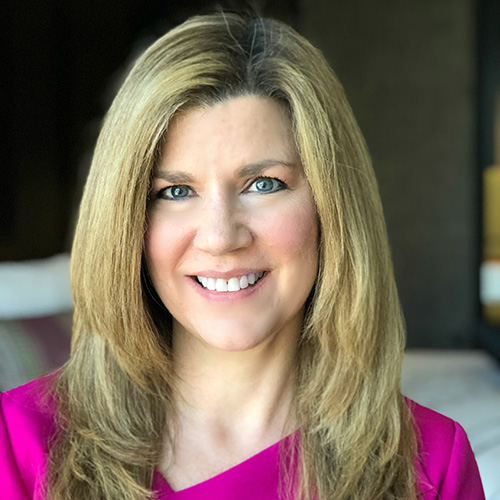
When other people think about the “professional you,” what are the words that come to mind? Smart? Creative? Late for meetings?
Whether you want to or not, you already have a personal brand within your workplace and on social channels (such as LinkedIn). And rather than leaving that personal brand up to chance, HR professionals need to actively shape that brand to help advance their careers, said Jennifer McClure, CEO of Unbridled Talent, in her session at the SHRM Annual Conference & Expo (SHRM24) in Chicago on June 25.
“Make sure you’re thinking about your brand as a career management tool. It’s partly about your career, but it’s also positioning you to be successful,” said McClure, a popular speaker at SHRM conferences for over a decade. “Your best protection against job loss is your personal brand.” 
Promoting your personal brand isn’t just about touting yourself as the “best” HR professional, she said. To separate yourself from others in similar positions, it’s crucial to highlight what is different about you instead of what makes you better.
“To be selected for opportunities, to be plucked for jobs, to be promoted, it’s really about what makes you different from other people who may also be doing a good job. … Different is better than better,” said McClure.
How to Define Your Brand on LinkedIn
McClure said one simple thing SHRM24 attendees could do to boost their brand is to take a moment on the flight home to post on LinkedIn their four favorite lessons learned from this week’s conference. Even if you have a personal website, she said, your LinkedIn profile will typically appear higher in search results, and recruiters will find it more easily.
For starters, look at your job title and the “About” section on your LinkedIn profile. Rather than having a straight job title of “HR director at XYZ company” under your name, paint a picture in words of what you can do for a future employer. (McClure’s LinkedIn job title, for example, starts with “Building future-proof HR leaders and empowering them to unleash the full potential of their people.”)
In the About section, don’t just explain the tasks you’re performing in your current job.
“Instead, think about what you do that adds remarkable, measurable, distinguishable value. What makes you different and what are you known for?” said McClure. To help draft that section and craft your own personal brand, she suggested asking yourself these six questions:
- What are you known as the go-to person for?
- What things are you most passionate about at work?
- What words do people use when they introduce you?
- What differentiates you from others who do the same work?
- What combination of things do you offer that no one else does?
- What is one thing that everyone says you rock at?
When writing a personal brand statement, McClure suggested following a simple model:
- I am …. (your professional identity or position)
- who helps … (your audience)
- do or understand … (unique solution)
- so that (transformation/benefit)
“This is your opportunity for people to see you differently, so avoid generic buzzwords,” such as “experienced,” “skilled,” “expert,” “passionate,” and “strategic,” she said.
Another tool McClure suggested that attendees use to understand and craft their personal brand is to create a “personal brand word cloud.” Send an email to a couple dozen colleagues and friends asking this question: “What three words would you use to describe me?” Then take those words and flow them into one of the websites (such as WordArt) that create a grouping of the most common words that describe you.
McClure’s words seemed to hit home, as many attendees discussed afterward the changes they plan to make to their personal brands, particularly on LinkedIn.
“I’m pretty quiet when it comes to the social space. I use LinkedIn somewhat, but I don’t post much. That needs to change,” said Jeff Wilhelms, a recruiting manager for Adidas in Portland, Ore. “You really need to talk about what you want people to know you for.”
An organization run by AI is not a futuristic concept. Such technology is already a part of many workplaces and will continue to shape the labor market and HR. Here's how employers and employees can successfully manage generative AI and other AI-powered systems.



